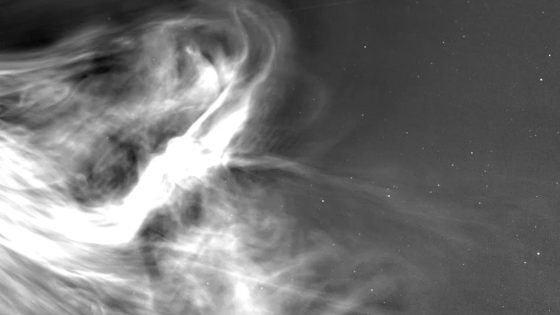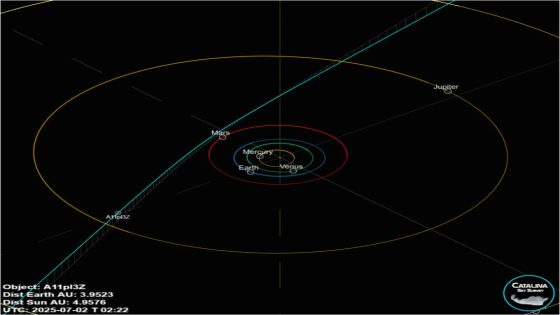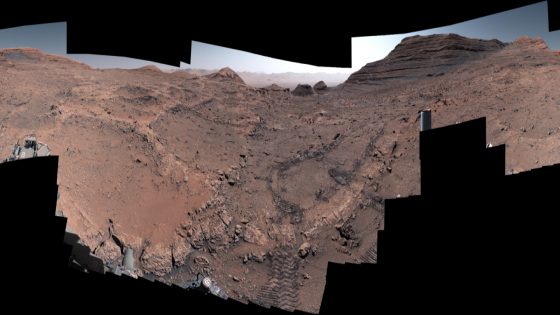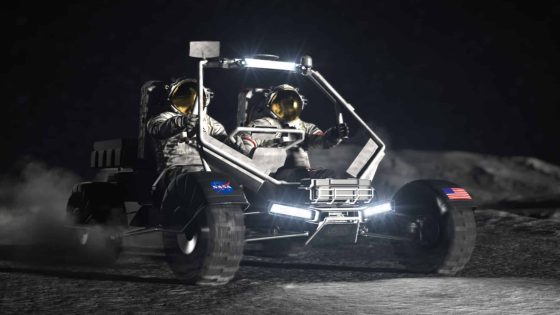NASA’s Parker Solar Probe continues to redefine our understanding of the sun. On December 24, 2024, it achieved a historic milestone by flying within 3.8 million miles of the solar surface, entering the sun’s corona. This groundbreaking mission not only set a record for proximity but also for speed, reaching an astonishing 430,000 miles per hour, making it the fastest human-made object to date.
- Parker Solar Probe flew closest to the sun.
- It reached speeds of 430,000 miles per hour.
- New images reveal the sun's corona details.
- Two types of solar wind confirmed.
- Thermal Protection System withstands extreme heat.
- Mission enhances space weather predictions.
During this flyby, NASA released remarkable video footage captured by the probe’s Wide-Field Imager for Solar Probe (WISPR). These images provide unprecedented views of the sun’s atmosphere and solar winds, showcasing phenomena that were previously only theoretical. How do these new insights enhance our understanding of space weather?
The data from Parker Solar Probe raises critical questions about solar wind generation. What mechanisms allow particles to escape the sun’s gravitational pull? Key findings include:
- Discovery of two types of solar wind: Alfvénic and non-Alfvénic.
- Identification of the heliospheric current sheet, where the sun’s magnetic field reverses.
- High-resolution observations of coronal mass ejections, vital for predicting space weather.
As we continue to analyze the data from Parker Solar Probe, the potential for advancements in solar science grows. What other secrets of our closest star will we uncover next?

































